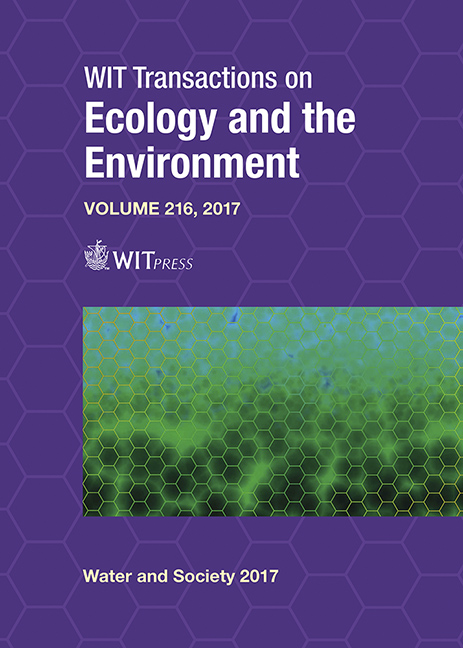THE COMMON GROUND OF THERMAL BATHS
Price
Free (open access)
Transaction
Volume
216
Pages
11
Page Range
287 - 297
Published
2017
Paper DOI
10.2495/WS170281
Copyright
WIT Press
Author(s)
ELEONORA FIORENTINO, SUSANNA CURIONI, CARLO PISANO
Abstract
To consider water as a common good means to intend to address not only the natural resource, but also the ability to use it and the rights that a community has to enjoy that resource. Furthermore, water is seen not only as the basis for human existence, but also as a source of metaphysical symbolism, aesthetic pleasure, having therapeutic values. In fact, water is closely linked to the concept of the bath in both its main forms: one devoted exclusively to cleaning, a personal and private matter; and the other as a restoring activity and the centre of social life and of the community. To this second category belong the thermal baths that are able to reveal, through different forms, local traditions and identities. Sardinia is one of the most promising regions of Italy for the exploitation of geothermal resources, with the presence of numerous thermal sources. Thermal springs, spread over the island’s territory, revealing their ancient origins with different characteristics: sites included in consolidated urban contexts (Sardara, Fordongianus) and point elements scattered throughout the landscape (Benetutti, Dorgali) represent the memory of structures that over the centuries have constituted important opportunities to generate spaces for the community. This paper illustrates, within the thermal bath system of Sardinia, three cases where the thermal waters can be considered a common good, while also investigating the relationship between spatial structures and the resource management process.
Keywords
baths, common resources, community rights, geothermal resources, Italy, Sardinia, springs, thermal waters, water system





